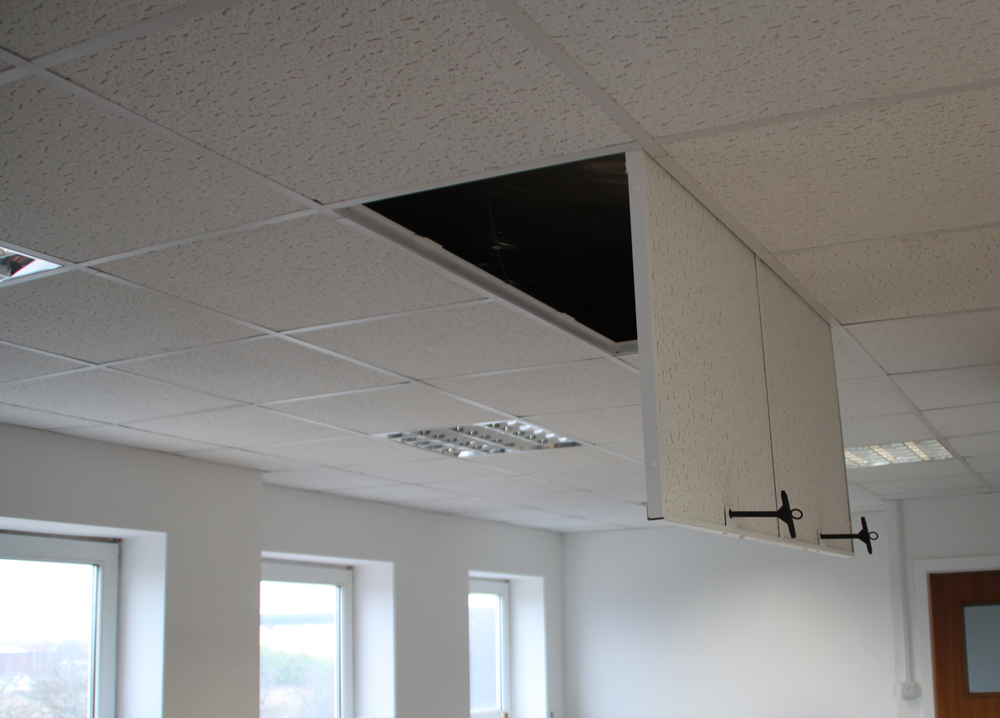It’s common to see our structures today packed to the brim with modern amenities; water lines, electrical wires, and internet connections, just to name a few. It would look like an absolute mess inside your building without a way to tidy up these utilities.
Typically, builders hide these utilities behind wall cavities, ceilings, or between floors. But what if you needed to get to these utilities for maintenance work? That’s when you need to use access doors: tuck away utilities on a regular day but still allow you to reach for them quickly when you need them. But with so many choices, which access door should you choose?

Think About Its Location
More often than not, the location where you’ll install the access door will be one of your primary deciding factors on which one to choose. For example, if you’re planning to install an access door outdoors, you must select an exterior access door that protects your utilities regardless of the weather conditions.
Furthermore, you would need to use different access doors if you plan to place them on the floor or your roofs, as they have other features that you specifically need for those applications, such as handling live loads.
Consider the Application
While access doors have the same general use, how you’d use them could vary wildly. For example, you might notice that only a few access doors are suitable for fire-rated applications. Even if manufacturers use the same steel to construct other access doors, the fire-rated access doors may have additional features, such as insulation or smoke-tight seals, that other access doors don’t have.
Moreover, suppose you’re looking to fulfill the simple task of tucking away wires without any other unique needs. In that case, you can use plastic general access doors as it’s the best cost-effective solution with a straightforward installation process.
Wall Material Requirements
Another consideration you should take before choosing an access door is the material of its surroundings. Suppose that you’re working with drywall. While you can use most other access doors to get the job done, you can get access doors specifically made to fit drywall and comes with a drywall bead flange so that you can install it quickly into drywall.
Additionally, you can purchase recessed access doors to accept plaster or drywall so that your access doors sit flush with the rest of the wall and can maintain your room’s overall aesthetic.
Environmental Responsibility
As businesses shift towards a low-carbon economy and reduce inefficiencies, you may seek to have your properties become ‘green buildings’; one framework you can choose is LEED Certification.
To have your building LEED certified, you need to reach a certain point threshold. The best thing is that you can choose LEED-certified access doors that contribute to these LEED points to earn your sustainability requirements. These access doors typically feature insulation and gaskets to stop drafts; these features help you reduce energy costs as you’ll spend less on cooling/heating unnecessary areas.
Security Features
Usually, you’d see access doors have knurled knobs or screwdriver cam latches, which aren’t the best solution for keeping unauthorized personnel away from your utilities. Thankfully, you can purchase access doors for medium and high-security applications.
These access doors feature locks like rim and mortise locks. You can also choose to change out or install your locks into these access doors and maintain the integrity of your building. Moreover, these access doors feature thicker materials to withstand harsh environments.

Don’t Forget About the Budget
It’s easy to get carried away and purchase the latest and greatest access door on the market. However, you often need several access doors for one location. So even if one access door is relatively low-cost, this can quickly add up if you purchase multiple access doors.
So it’s essential to weigh the benefits of an access door with its associated costs and see if it’ll fit your budget. Moreover, you should also look for a reliable supplier for access doors, as you can ensure you get the best-performing access door for your investment.
Wrapping Up
Access doors come in all shapes, sizes, and uses. To get the best access door for your needs, always remember your requirements, where you’ll place it, and what type of material you need to be satisfied with the results.






